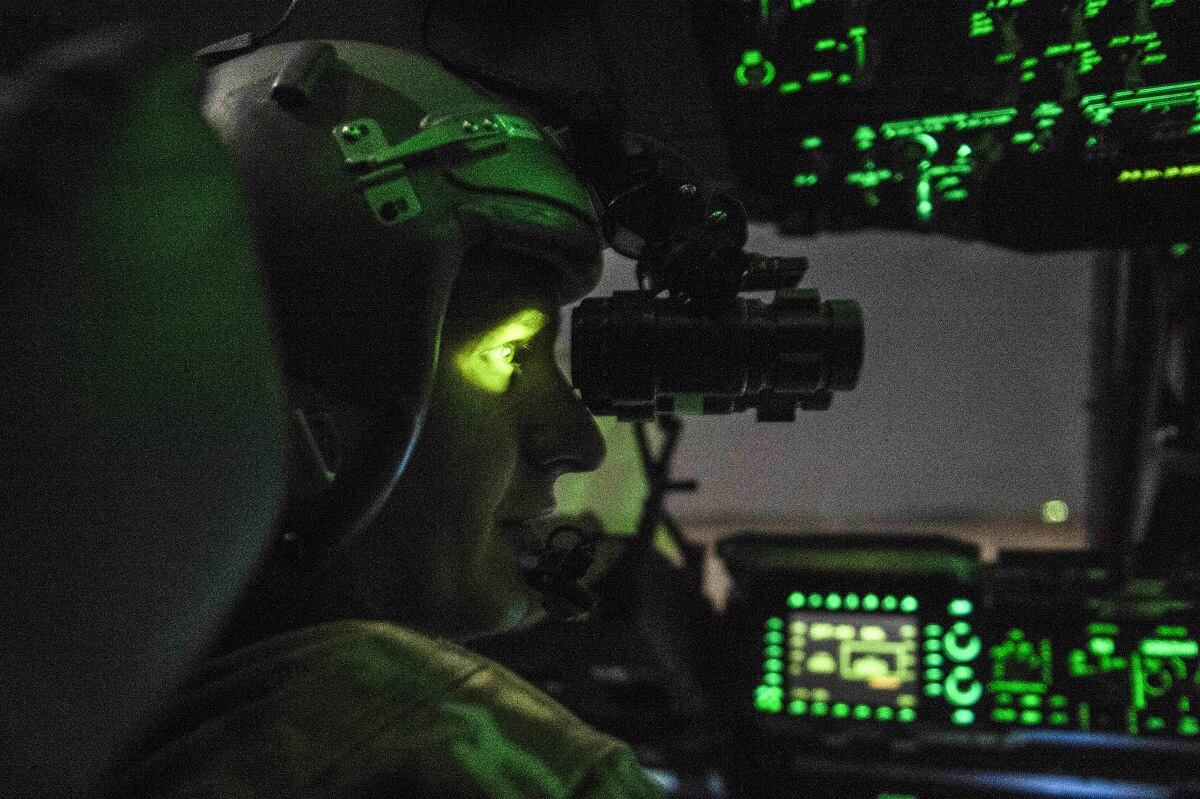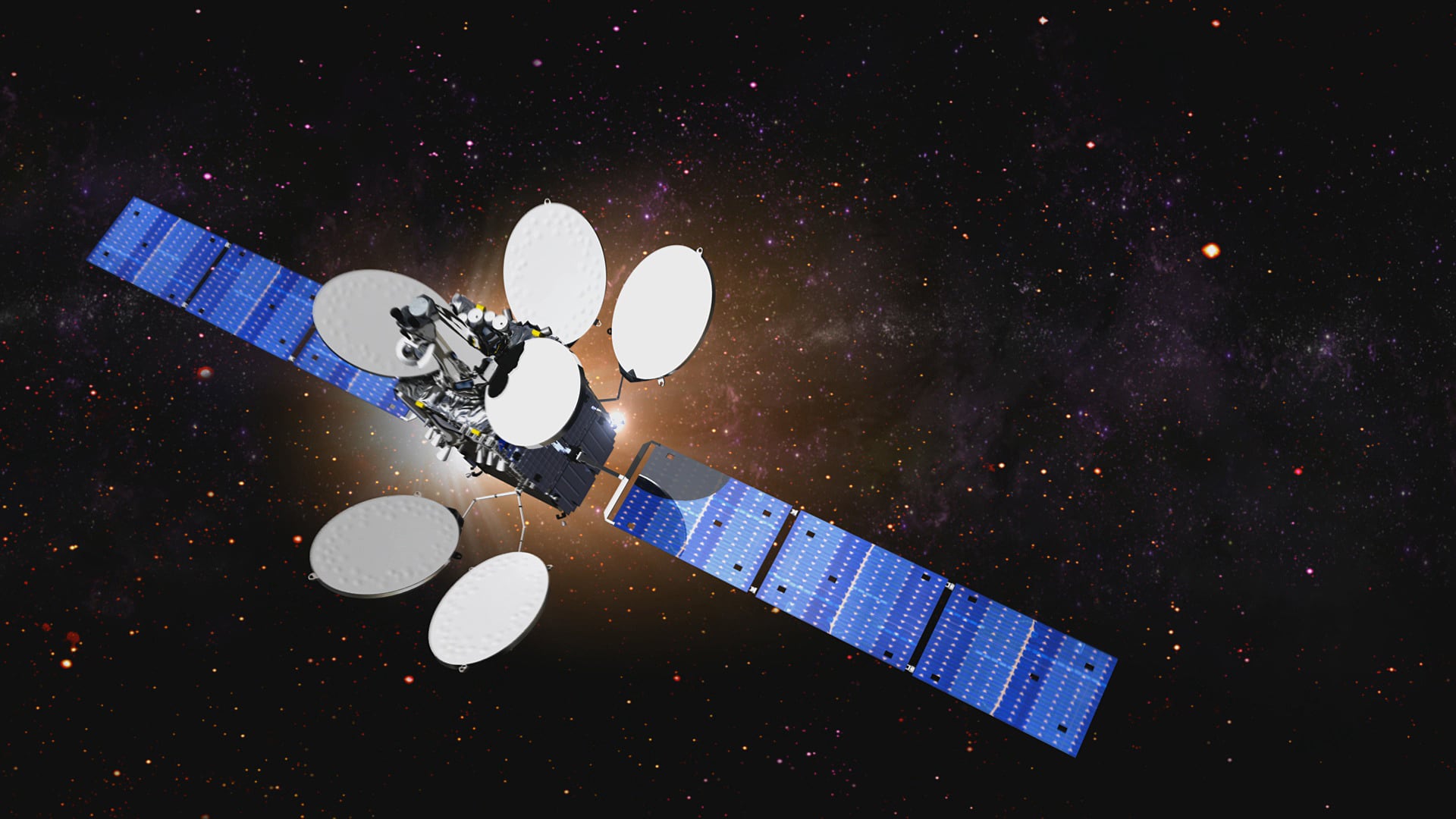Air Force leaders say if the service wants to move to so-called multidomain operations, it needs to have a more significant footprint in space and cyber.
RELATED

“It’s not enough just to have MILSATCOM operating, it’s not just enough to get ISR data from space. We actually have to be able to protect and contest that domain to continue to preserve it for other warfighting effects,” Brig. Gen. Chance Saltzman, director of operations for the Air Force, told reporters during a roundtable at the annual Air, Space and Cyber Conference in National Harbor Sept. 19.
Saltzman said ideally the service would use the air domain exclusively for ISR, airlift and moving personnel. But adversaries don’t want the United States to do this, so they contest the air domain. As such, the Air Force must reciprocate. Now, the same applies to space and cyber.
Multidomain operations are often thought of as the convergence of effects across all domains at a pace adversaries can’t keep up with, he said.
RELATED

“Now we’re seeing we’re going to have to actually fight in all three of those domains and converge capabilities on an adversary to maintain that strategic advantage,” he said of air, space and cyber. “That’s just an order of magnitude different than what we had to do in the past ... These have been largely benign domains. We’ve been able just to operate the way we want to and as soon as that’s not the case, we have to do something different to preserve it.”
In order for the Air Force to have the necessary capabilities to achieve multidomain operations, Saltzman said the service needs to better understand the command and control relationships between the current assets and the various domains. This command and control piece was the subject of a year-long Air Force study he led with the goal of informing senior Air Force thinking on multidomain operations.
Mark Pomerleau is a reporter for C4ISRNET, covering information warfare and cyberspace.






